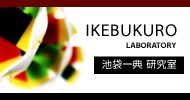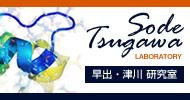Team:Tokyo-NoKoGen/Project/rhodopsin
From 2012.igem.org
- overview
- lux operon
- rhodopsin
- modelling
- Future work
- project
Sensory rhodopsin
Background
Halophilic archaea, such as Halobacterium salinarum and Natronobacterium pharaonis show phototaxis by responding to changes in light color and intensity using receptors called sensory rhodopsin I and II (SRI and SRII). The SR proteins are seven-transmembrane retinylidene photoreceptors, which transmits blue light signal (λmax 487 nm) to their corresponding transducers HtrI and HtrII respectively. signals to Htr proteins via helix-helix interaction. Htr proteins consist of two transmembrane helices and cytoplasmic methyl-accepting and His-Kinase domains, and belongs to histidine kinase / phosphoreregulator two-component system for regulating cells’ flagellar motors for phototaxis.
Previous reports
It has been previously investigated to see how chimeric rhodopsin respond to light signals inside Escherichia coli (E. coli). Kwang-Hwan et al. constructed chimeric transducer proteins, by exchanging the Histidine-kinase domain with homologous chemotaxis transducers Tsr and Tar of E. coli and Salmonella enterica, (chemotaxis transducers of serine and aspartate respectively).They observed a phototaxis response of E. coli and showed that it responds to light.
 "
"





